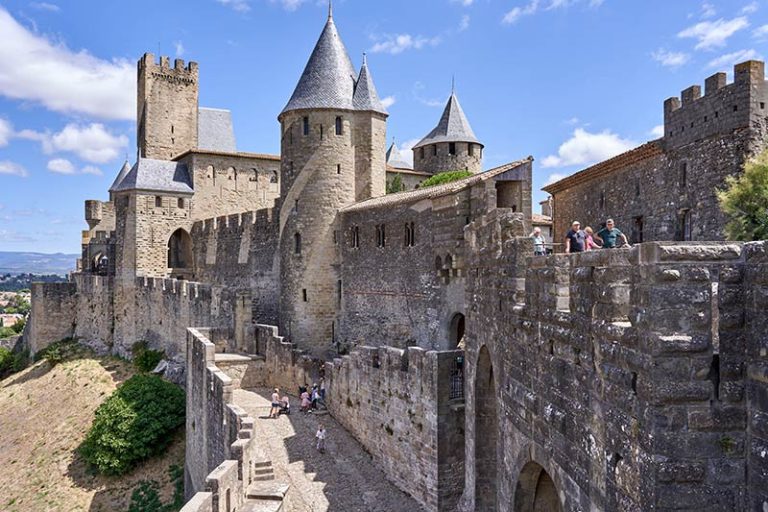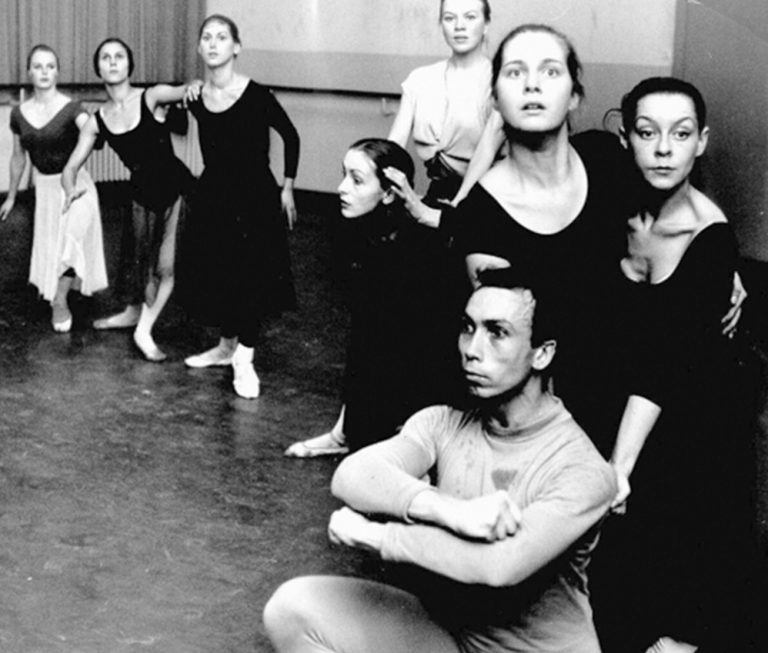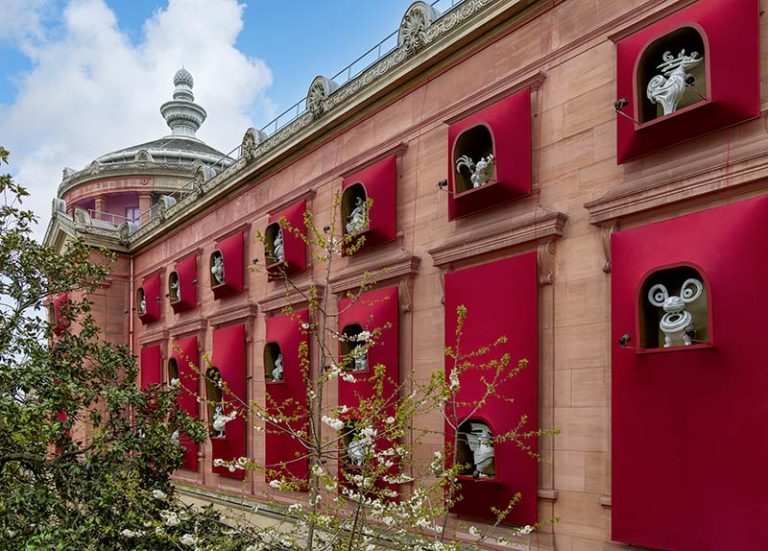The Ernest Hébert National Museum, which displays the works of the eponymous 19th-century painter, has been closed since 2004. Housed in a 17th-century mansion at 85, rue du Cherche-Midi in the 6th arrondissement of Paris, the 2,000-year-old museum m² suffers from damage and accessibility problems. The mayor of the district, Jean-Pierre Lecoq, denounced in a press release “total inaction” of the Ministry of Culture, which “let it decline” this historical cultural heritage.
The museum was created in 1978 thanks to the bequest of René Patris d’Uckermann
, descendant of the painter Ernest Hébert (1817-1908), who donated his collection and the Hôtel de Montmorency where he lived. He also bequeathed to the State two investment properties, the income from which was to finance the operation of the museum. In 2004, the place closed its doors, the building not meeting hygiene and safety standards. Placed under the supervision of the Musée d’Orsay, the building requires major renovation work before it can reopen to the public. The collection is divided between the Musée de La Tronche, a room dedicated to Hébert within the Musée d’Orsay and the museum’s reserves. But since then, it has been abandoned.
Jean-Pierre Lecoq affirms that he has contacted the various Ministers of Culture on several occasions since 2017, to find a solution to the museum’s situation. He regrets that no progress has been made despite his requests for meetings, his on-site visit and his meeting in the office of the Minister of Culture at the time, in 2019. According to him, the main difficulty comes from a “administrative imbroglio”
linked to the conditions of the legacy. Indeed, the museum depends on the Ministry of Culture, the buildings belong to the Réunion des musées nationaux (RMN) – which does not have the means to finance the heavy renovation work on the Hotel – and the legatee clause is managed by the Fondation de France, which benefits from financial income from investment properties, but is in no hurry to examine the renovation problem. Finally, the Musée d’Orsay is responsible for the administrative and scientific management of the collections. Certainly, the legatee clause protects the collection and the premises which “would have been transformed into offices for certain “excellences” of the Ministry of Culture or for an inspection body”
if it had not existed, according to the elected official – but it also prevents the outcome of this affair. A first step would be to revise the legacy, with the agreement of the Fondation de France, and transfer ownership of the walls to the Musée d’Orsay. Then there will be the question of financing the work, which would cost“at least 20 million euros” , according to Jean-Pierre Lecoq. According to a report dating from April 2017, drawn up by the General Inspectorate of the Ministry of Culture, which also deplored the dilapidation of the premises, the work could be financed by the sale of investment properties. A solution which, however, does not seem to have been adopted by the government, according to Catherine Dumas, senator (LR) from Paris, reports France 3
Paris.“It is a real call for responsibility and intelligence of all stakeholders in this matter that I am launching today” , declared Jean-Pierre Lecoq. In the meantime, the status quo
NOTE
Adopted son of Gabrielle Hébert (1853-1934, née d’Uckermann).







